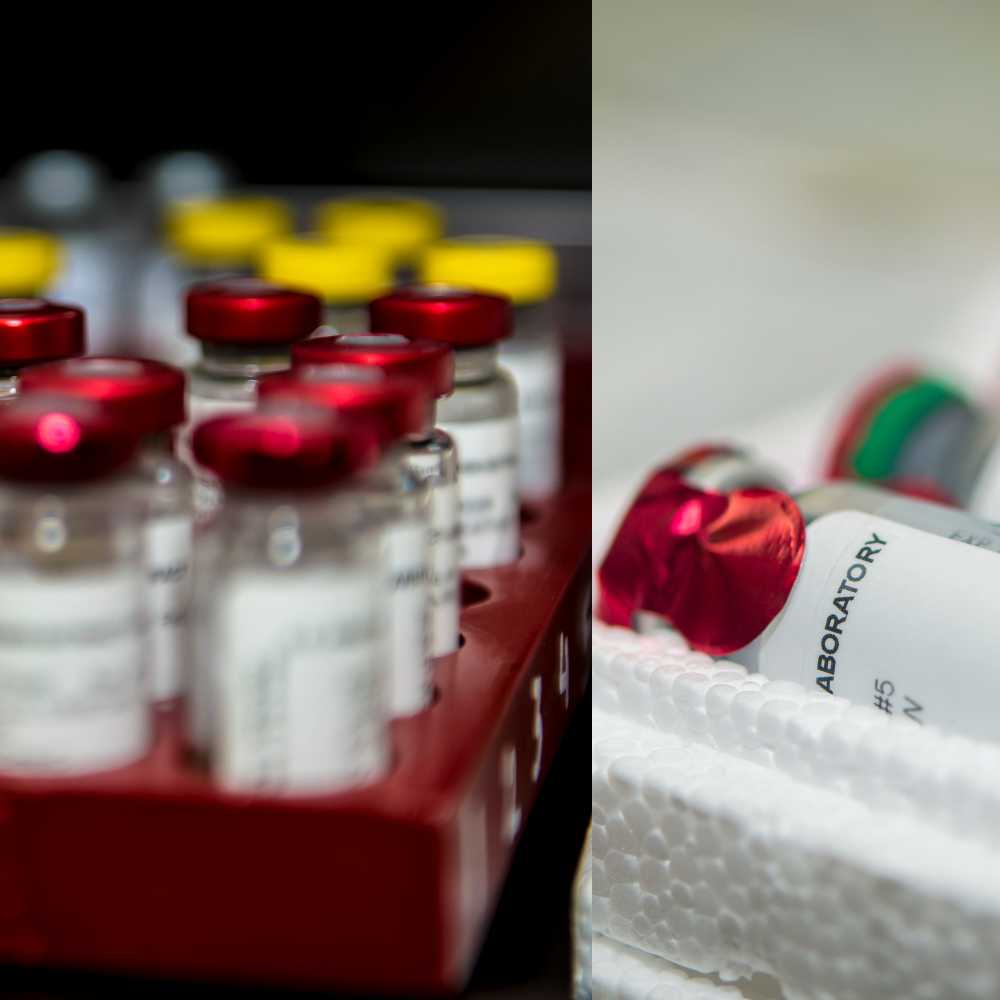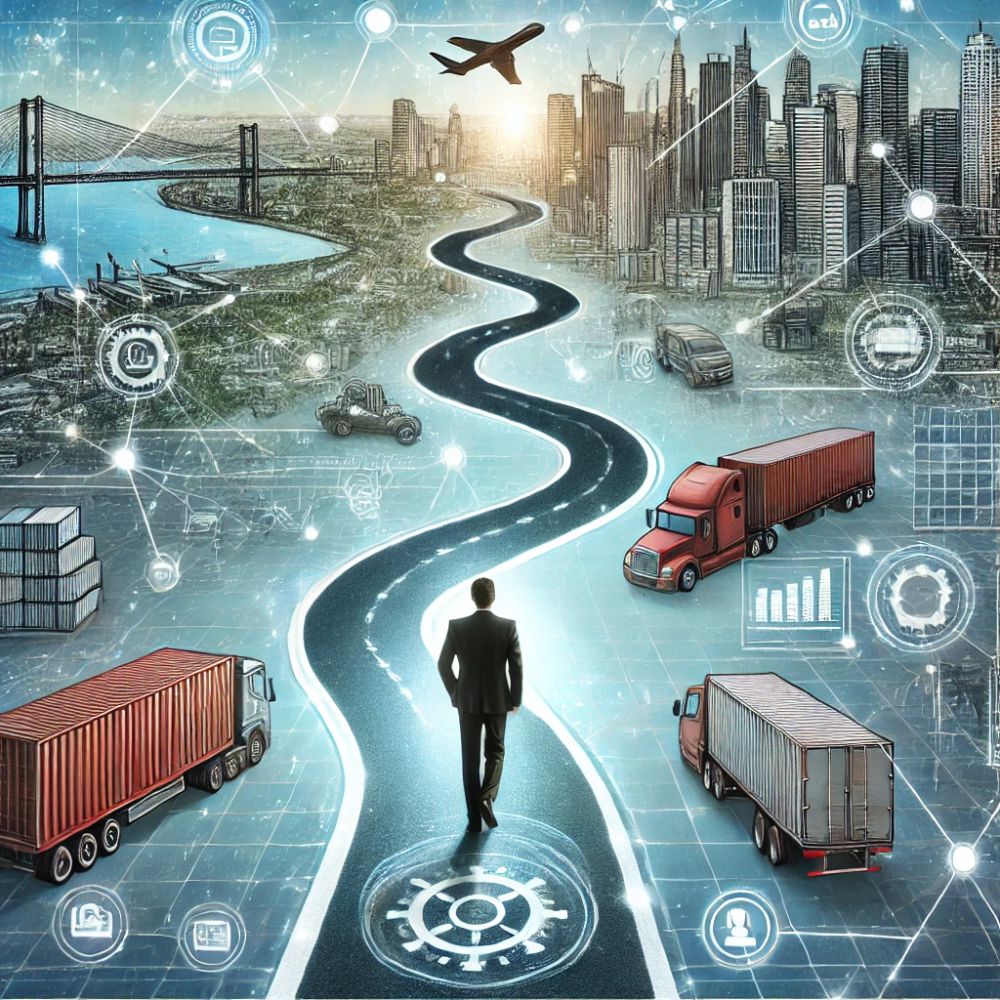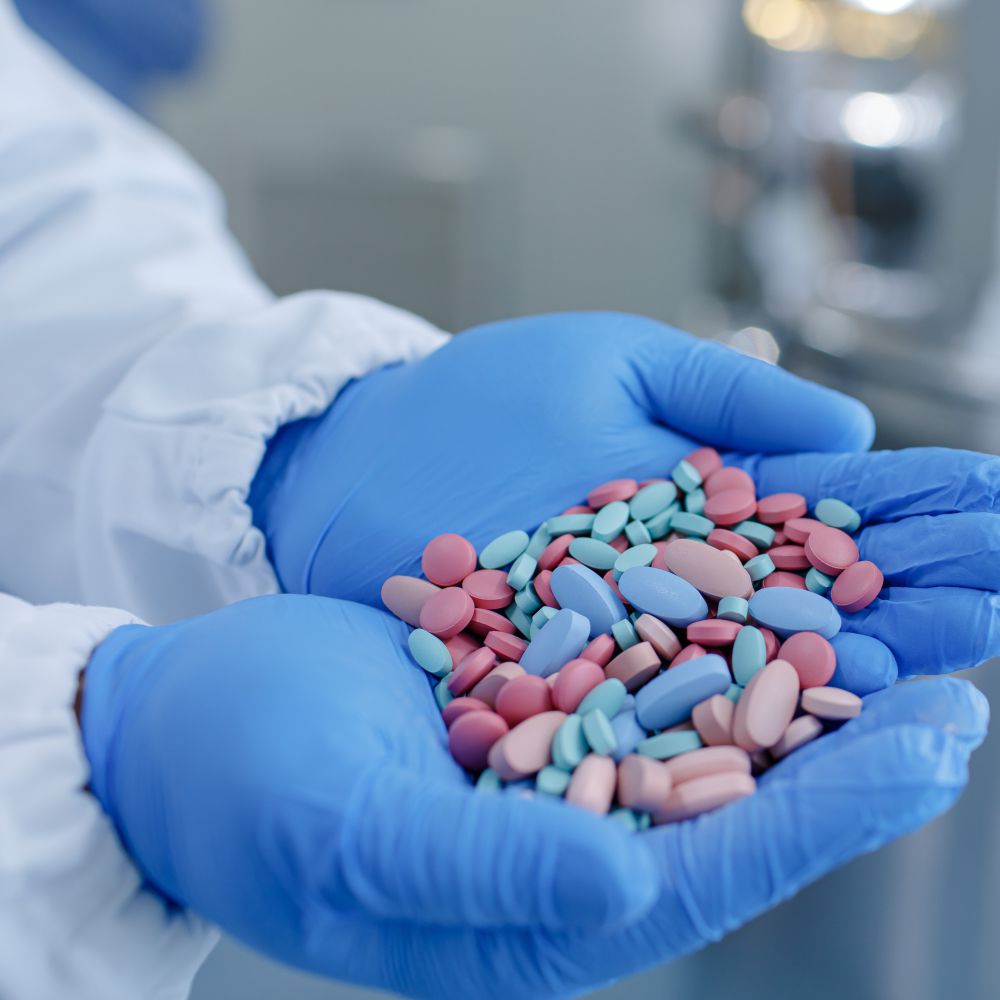“A good supply chain is demand driven; right from provisioning the inputs, to support production, and to distribute the product to final buyer; and the urge to remain competitive drives its optimization. But thanks to the pandemic, demand itself is disrupted and will not be the same for years. Hence, when a very basic detail has changed, supply chains will not merely be in need of reengineering but have to be re-designed to the changed status,” highlights Pawanexh Kohli.
Your view on the current pandemic and how quickly will supply chains recover?
Just 6 months back, the average individual could not have imagined these dramatic turns of events where the world would be forced to pause, suffering a pandemic of the likes from a hundred years ago. Even now, all that mankind can do is to hide and distance itself from the virus. India, apparently averting a higher order of debilitation, has gone through more than 60 days of strictures in the normal movement of people and goods. This coronavirus has made humans aware of their own fragility and the impact is utter disruption or shut down of interdependent supply chains, of every trade.
With no cure nor a preventive vaccine in hand, the talk now is of a new ‘normal’, of learning to live with the risk of disease. This is made necessary, because besides the risk to life from the virus, the ensuing global economic hiatus has also put livelihoods and economies at risk.
The temporary collapse of our economic order can be put back on a sound footing, provided the supply chain community collaborates to adjust to the circumstances at hand. While there will be much talk of relocating factories and restructuring of procurement and marketing models, these are not simple matters and such re-engineering of the supply chain is not readily executable.
In fact, these opinions imagine that rebalancing of sourcing and logistics is all the adjustment needed, with the rest of the eco-system remaining the same. A good supply chain is demand driven; right from provisioning the inputs, to support production, and to distribute the product to final buyer; and the urge to remain competitive drives its optimization. But thanks to the pandemic, truth-be-spoke, demand itself is disrupted and will not be the same for years.
Hence, when a very basic detail has changed, supply chains will not merely be in need of re-engineering but have to be re-designed to the changed status. Most people assume the supply chain to mean logistics. Actually, it means optimally deploying resources to create value, said value being expressed though an assessment of demand, and deliver the value to where it can fetch optimal return.
To explain, the supply chain of an electric power producer cum distributor, can be seen as the sourcing of coal at mines, delivering coal and water to the steam turbine plants, connecting with the high voltage grid for long haul transmission, use transformers and last mile lines to deliver to consumers. This supply chain could be entirely owned by a company, or involve a network of independent business entities. Each has a customer-client relationship with the other but exists because of demand from terminal-consumer. When terminal demand changes, as is periodically the case with electricity, the supply chain remains alert to adjust production, transmission and distribution. If it fails to do so, inefficiencies result…various activity components fail… and black-outs or long term damage can occur. The supply chain need not only coordinate the raw material inputs, but can also cater for manpower, tools and more; in this example the logistics it uses is coal carrying ships and railways, water pipelines, electricity transmission lines, transformer-distributors, and maybe even batteries to store the electricity.
With Covid19, the earning capacity of billions across the world is discomposed, and consumer demand for various products is affected – maybe dampened for a prolonged period. Risk of livelihoods and uncertainty of health makes people rationalize the distinction between needs and wants. The erstwhile overlaps between the essential and the aspirational is getting delineated and some businesses and their supply chains may never recover.
What one is surer about, is that we will see more attention directed on agricultural supply chains, particularly the post-production supply chain, something I urged for more than a decade. Agriculture will regain its importance, and it should not have taken a virus to force this logic.
For most aspirational products, demand is currently unsettled, and may slowly settle into altered patterns – a different normal. Will as many people wish to as frequently, replace their mobile phones or refurbish their wardrobe or go out for a movie or a meal? Given the facts today, unlikely! The situation may change, a vaccine may get discovered post-haste, and then instead of creating entirely new supply chain networks, we may only need to tweak our existing ones.
What if a vaccine is developed, what will be needed from the supply chains?
If one is developed, across the world its supply chain should take priority with all else put aside! After R&D, trials and validation, the final product will need to be produced and then delivered to end-consumer. That will be a herculean task globally, and entails planning ahead to produce large quantities and for an extensive and assured delivery mechanism. If 65% of the global population must be vaccinated to achieve herd immunity, we are looking at 5 billion vaccinations across geographies. The worrisome part is, even today, for the well-mapped range of viruses, the existing vaccination system does not even reach every person in need. This state of affairs of the healthcare system to deliver vaccines is not sufficient.
Given the characteristics of this pandemic, countries must start to plan now, much in advance, on their vaccine delivery system. While today we worry about hospital equipment & beds, and hence work to dampen the curve, very shortly it will be about ensuring the vaccine is made available, at every remote hamlet and village, globally. Though now we work to slow the spread of the virus, then, we will have to consciously hasten the spread of the vaccine faster than the virus. Time to plan is NOW!
Can the existing supply chain handle the load to take the vaccine to billion and quickly, within months… is the most relevant question that the industry must ask and respond to quickly.
Hopefully, the vaccine will be once in a lifetime shot, and not a seasonal requirement. No matter what, we cannot afford to ignore that the next trouble spot will be executing a globally networked delivery mechanism for the COVID-19 vaccine. It may be the only way to stop this virus in its track and get society and economy back on its feet. It will also relate to some extent if a curative drug is developed.
This appears vital and interesting. Explain some more, if a curative drug or a vaccine is made possible?
Let us broadly assess what would be the expectations, if either a cure, or a vaccine is readied, from the perspective of supply chains. The cure will target the infected, the vaccine will target the uninfected.
First let us evaluate the demand for the curative medicine. Assuming it is viable for all age and health brackets, this will amount to a dozen million consumers (maybe a couple of hundred million) only. The demand will only total the number infected. This is assuming that any drug for a novel virus would have to be prescribed and administered by doctors. This will define the supply chain of inputs, the active product ingredients, to medicine manufacturer, and the output supply chain to reach the drug to those suffering.
The material quantity of inputs, as well the output volume to deliver is determined from total demand, i.e. confirmed Covid19 cases. The delivery locations would be existing hospitals or special clinics. The supply of drugs would range from a few hundred in some countries to a few hundred thousand in others, and the supply chain will weigh the cost of production with each requirement to decide whether a new domestic manufacturing base is needed, or whether sourcing elsewhere makes better sense. The fact that this is only a curative drug, and not a preventive, would also have ramifications. It means, the virus will remain and keep infecting others, but those infected can be cured with this drug. That also infers that the demand of the medicine will be regular, until a vaccine stops the spread of the virus. The supply chain will also consider to pre-empt, that with the presence of such a drug, more people will take more risks and the number of ill will multiply. A regular and possibly increased demand for the drug, might warrant setting up regional or national level manufacturing units. This will help the supply chain adjust to sudden flare-ups in number of infections, etc.
Now let us similarly examine the supply chain in case of a vaccine and narrow it down to India’s backdrop. If 65% of our population needs to be immunized for herd immunity, that means producing and administering 900 million doses. Furthermore, to stop the virus in its track, herd immunity must be achieved as soon as possible through a cluster-based approach. There is talk of selectively administering vaccine first to special categories like essential workers, and the rest later. Such thinking has to change, as piecemeal immunization will run the risk of allowing the virus to mutate against the vaccine. Such thinking is from mindsets that imagine the task is impossible. It is not! The supply chain can cope with the task.
To initiate mental calisthenics in supply chain planners, here are some quick numbers. In my assessment, India will need around 1.8 lakh vaccine givers, located in clusters of 5000 people, two in each, to vaccinate 65% of the population in 21 days. The vaccine givers can be volunteers inducted from society at large, each given a short training.
This also allows the existing routine immunisation program to continue with the regular work. We must avoid thousands thronging at hospitals for a vaccine, as they will instead catch the virus. Besides, we cannot burden our already overwhelmed health centres, and medical practitioners.
For health reasons, vaccine should not be administered to people at risk or already exposed to the virus. Care must also be taken to ensure that any person is not vaccinated twice, as it would be akin to giving a higher dose of the disease. Hence, the Aarogya Setu data would need to be compulsory and linked with unique ID of citizens. Not only to monitor the immunization process but also for probity and safety. The App should be in use for weeks, and not just installed a day before. Those who still have issues with such Apps and Aadhaar should seriously rethink their stand. The authorities must develop an appropriate software platform to keep track of vaccine delivery into each locality. At various population centres, volunteers can be identified to undergo a short training to administer and maintain vaccination records.
A cold chain would be required for the vaccine. The existing food coldchain network can be enlisted to quickly share capacity, so there is no excuse or delay in setting up new network. In India, the vaccination program could be staggered, so that it is administered to 900 million within 4 months. Longer timelines may only defeat the concept of herd immunity and even can even create strife within people.
Once an area has been immunized, that cluster can take up all economic activities after a 3-day period (assuming the duration for immunity to come into effect). Intermingling of the immunized with others will need to be dissuaded to prevent any chance of the virus to mutate. By end of 4 months, the whole country can revert to normal economic, back on its feet and running.
True, vaccines for Covid-19 are still under trials, but the supply chain cannot sit back, unplanned for the eventuality. Supply chains must be thought out holistically, have measurable outcomes and sensibly bring into use all available resources. This vaccine supply chain will have to be owned by the government, partnered with volunteers and the private sector.
How well is the cold-chain mechanism in our country slated to take on such a mammoth exercise? How can the cold-chain operators prep themselves for the task in hand?
Most vaccines need to be handled, after production to end-use, within specified temperature ranges. In all probability, the protocols will require it be kept between 2°C and 8°C, while in transport and storage until delivery. Such protocols are well established. But the public health network is limited in capacity.
Luckily, the food cold-chain has synergistic use for this purpose and should assist in this battle. Existing cold-chain enterprises may need to allocate specific resources in their network. The food cold-chain has the maximum reach, with an extensive last mile connectivity. It will require minor redesign to designate storage space and transport load for this purpose. Most importantly, such private operators will have to be prepared to safely process the vaccine loads as they connect them with points of delivery. Vaccines are fragile cargo, requiring strict adherence to the handling protocols, especially in temperature maintenance. Non standardized care will be disastrous and some training will be needed here as well.
Almost every cold-chain owner I have spoken to, is willing to contribute space and assets towards this, should the need arise.
Though they do not handle medical supplies normally, such cold-chain operators can quickly familiarize themselves with vaccine handling, identify a few in their team and be ready to roll into action. If they need additional equipment or monitoring tools, they should prepare a list in advance and inform the government.
Cold chain operators gear up to serve to counter a real threat...humankind's biggest!
It appears speed will be of essence, so what more can be done for vaccination?
You are right, it is not a matter of adding vaccine refrigerators or creating brand new vaccination centres. We must restructure with purpose to start and finish the immunisation program within a short time period to be effective.
Hence, even is the vaccine is ready, the program should not be commenced until the last-mile for administering the vaccine is prepared. The bulk supply of vaccine from producer is easily managed, but the assured reach to each identified vaccinator has to be coordinated so that each geographical cluster is fully covered in a short time.
For such an extensive and time limited reach, the number of delivery points must be extensive. For this, a vaccine giver must be identified at each colony, village, RWA, building complex and provided a vaccine fridge. Maybe even the outlets in shopping malls, one in each office block, or at local post offices. Even hamburger and pizzeria outlets have functional cold rooms can be used in this network. Local pharmaceutical outlets could be enabled to store and administer the vaccine. By multiplying the delivery points of the vaccine, there will be less crowding, and the process will be more controlled and faster.
Citizen participation will be important, both as volunteers as well in maintaining discipline. Each should get an alert with date and time, on their Aarogya Setu App, to go for their vaccination and must follow the schedule.
India does a similar exercise, in regional clusters for its elections where not a single voter is denied. A similar exercise in mobilization will be needed – the vaccine, when developed, will need to reach every citizen, irrespective. This exercise cannot be left entirely to private enterprise and individuals should be denied the vaccine for want of private funds. Across the world, responsible governments will have to ensure that each of its citizens is inoculated. Public funds have to be allocated and this public service will have to be well planned. Government offices that deal in cold-chain and healthcare services will need to converge and partner more than they ever have before. It is going to require forging of dependable public-private partnerships, at a scale never seen before.
How do you think the agriculture sector will change here-on?
Unless the virus mutates into a benign form, or dies out on its own, a vaccine looks to be the only safeguard for the global population. Till then, physical distancing is the primary tool in our armoury, to keep some modicum of control on the spread of COVID-19. So, like all activities, the agricultural supply chain will also need to maintain these practices. To bring more sense to it, there is the option to calculate the radius of risk for physical movement – risk of exposure in relation to radius of travel – and in the long run, I think that will be worked out. For example, if there is no incident of coronavirus within a radius of 10 kilometres, then that is your risk-free radius and distancing practices can be eased. However, if one incident is within range of 500 metres, then a lockdown could be justified. This nevertheless will also require more extensive testing.
The risk radius in agrarian areas is naturally higher and most of farming operations could be continued normally. The post production supply chain, however, would require breaking the safe zone. The human actors would naturally need to follow safe anti-Covid practices.
However, the organized agricultural supply chain is seeing boosted attention, thanks to this pandemic. The first change here, one hopes, is greater organization of the included logistics, especially at the first-mile. When it is said that the agricultural supply chain is fragmented, the obvious answer is make efforts to consolidate. The question is consolidate what, the people, the farms, the equipment or the goods is handled by the supply chain. This last is the most sensible priority and whether a pandemic or otherwise, will be the only way our agricultural sector will thrive and grow. I repeatedly use the phrase agricultural instead of agriculture because the latter largely relates to food grains, whereas the former includes fisheries, animal husbandry, horticulture, forestry, etc. The supply chain will also have to shift from pre-dated focus on staple grains, cotton and sugar, and look at the unique requirements of the other high value produce.
This global crisis has highlighted that the most essential of goods is food! It has inched nations closer to the understanding that having a robust agricultural supply chain is of utmost importance to their geo-political and geo-strategic strengths. That there is no smart city or urbanized world, without linkages with a resilient agricultural sector. This sector has the opportunity to regain its glory, if planned and implemented with proper perspective.
What are the standard protocols that will need to be adopted in times to come?
Well, until a cure or a preventive vaccine comes about, there are but two options. Willingly risk the disease or actively avoid the virus. For most individuals, the latter will mean making the abnormal normal. Restarting the economy will be phased and if a new wave of spread happens, lockdowns would need to recur. The lockdown merely restricted non-essential physical movement of people and it does not mean the virus is defeated. Easing restrictions will mean following precautionary guidelines to keep physical distance from others, hand washing, etc. This would need to continue. It is selfish, even evil, to be individually fatalistic and expose oneself to the disease, as it puts others at risk as well. If the world can shun smoking because it can passively hurt others around, then that same logic should apply even more stringently to this active disease.
I fail to understand the news from America… it ostracises smoking because passive smoke might be harmful, yet they will not stop beach parties while this virus is out & about.
The relaxation of restrictions on movement can be calibrated depending on the situational analysis in areas. A data driven approach is possible, keeping it simple and with transparent, so that the general public can be willing participants. The risk assessment can be attempted by correlating with population density, the virulence in the region, vulnerability factor, post-disease immunity, etc. As mentioned earlier, safe radius or risk radius can be mapped geo-spatially, which can define the protocol level and the personal practices within such geographies. This is already done in a fashion, for example when traveling by plane. Extra precautions are taken, since extra exposure is being risked, while if only staying at home even wearing a face mask can be unnecessary.
Meanwhile, I also failed to see the logic in sprinkling people with disinfectants, which was started at some agricultural markets. The virus resides in the respiratory system in an infected person. Irrespective of external chemical spraying, the virus will be shed with that person’s very next breathe. It is nice to see the observation was noted and the practice is stopped at Mandis.
However, various such experimentation in protocols will follow and various course corrections can be expected. Spraying of street gutters and roadside trees also seem to be a waste of resources.
Risk-reward-action assessments will be the name of the game, and until everyone understands it fully, social practices may have to be enforced through law. However, if the virus does fade off quickly, then all above is speculation and we can go back to our independently anarchistic and democratically enabled behaviors.
How do you foresee the scenario panning out?
I see a shift in demand for various products and in development targets. A large section of employable workforce has shifted to rural India and may fall prey to social evils. Hence, more development works can be initiated where the workforce exists. I think there is a good chance that this will end with the resurgence of Rural India. It is time for Stand-up Rural India.

Categories

Magazine Editions























